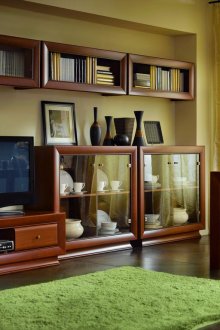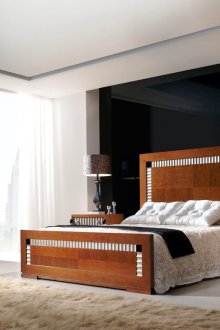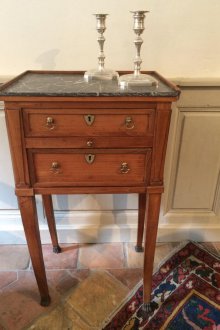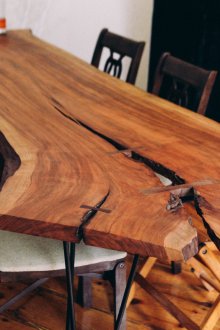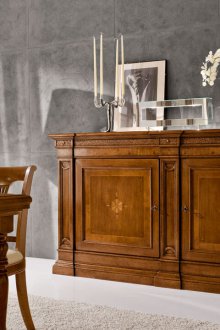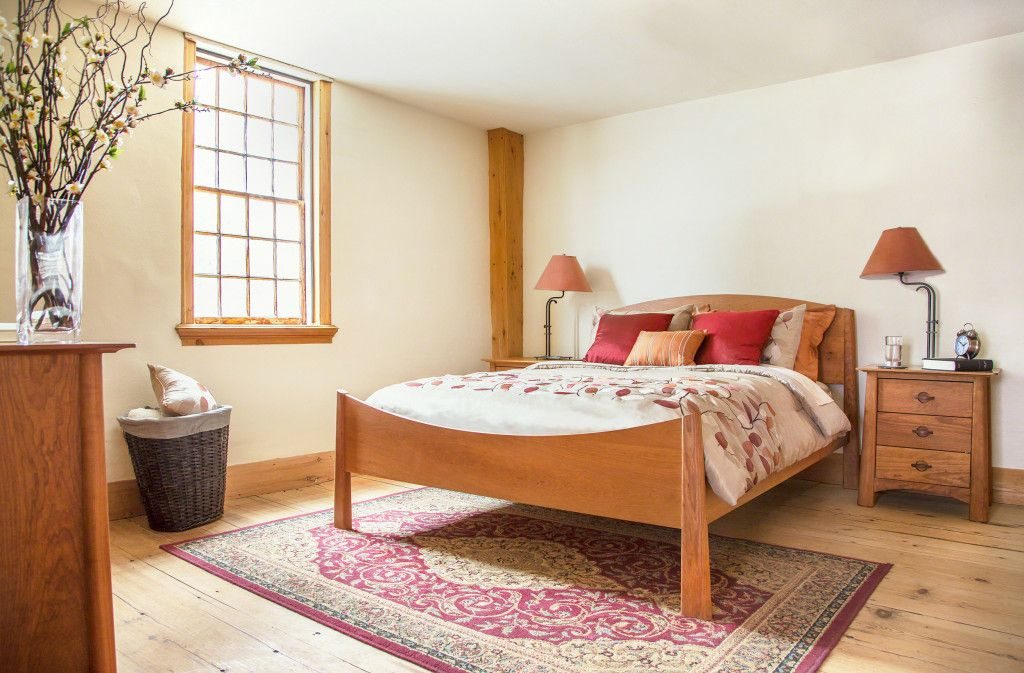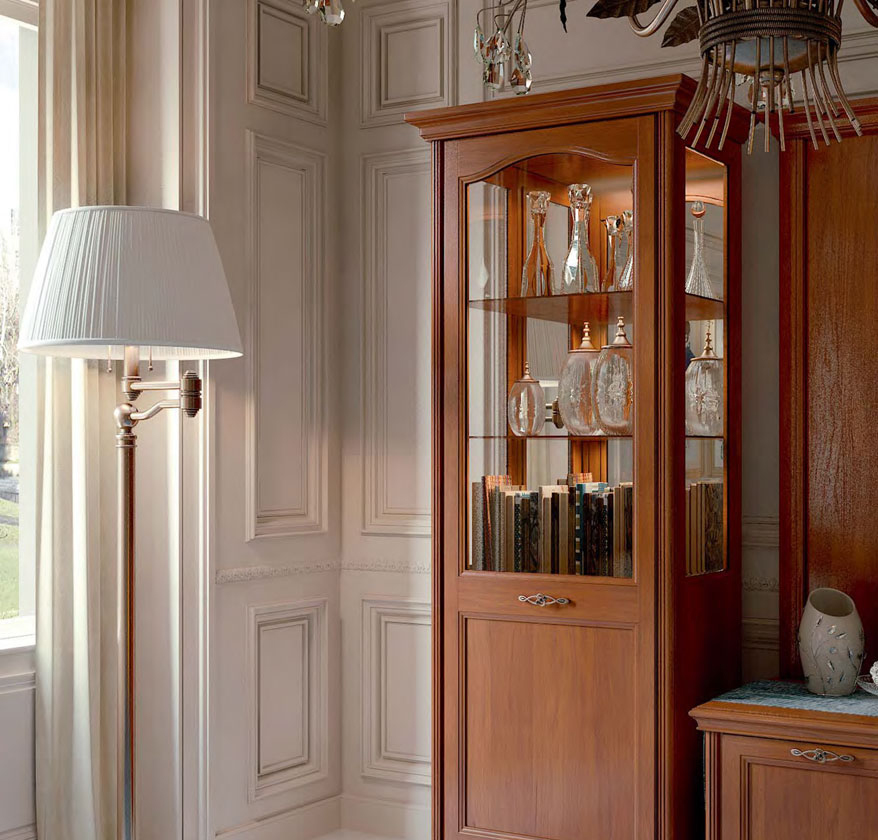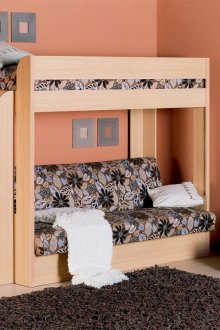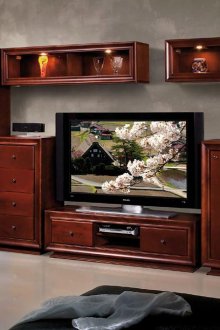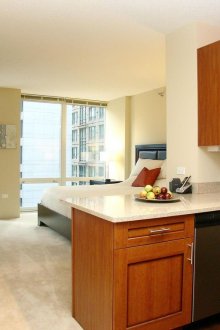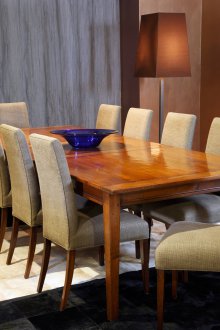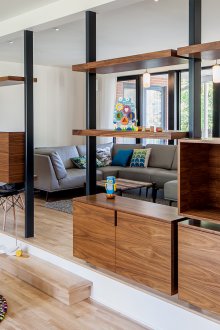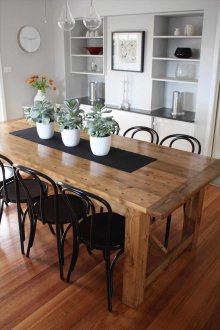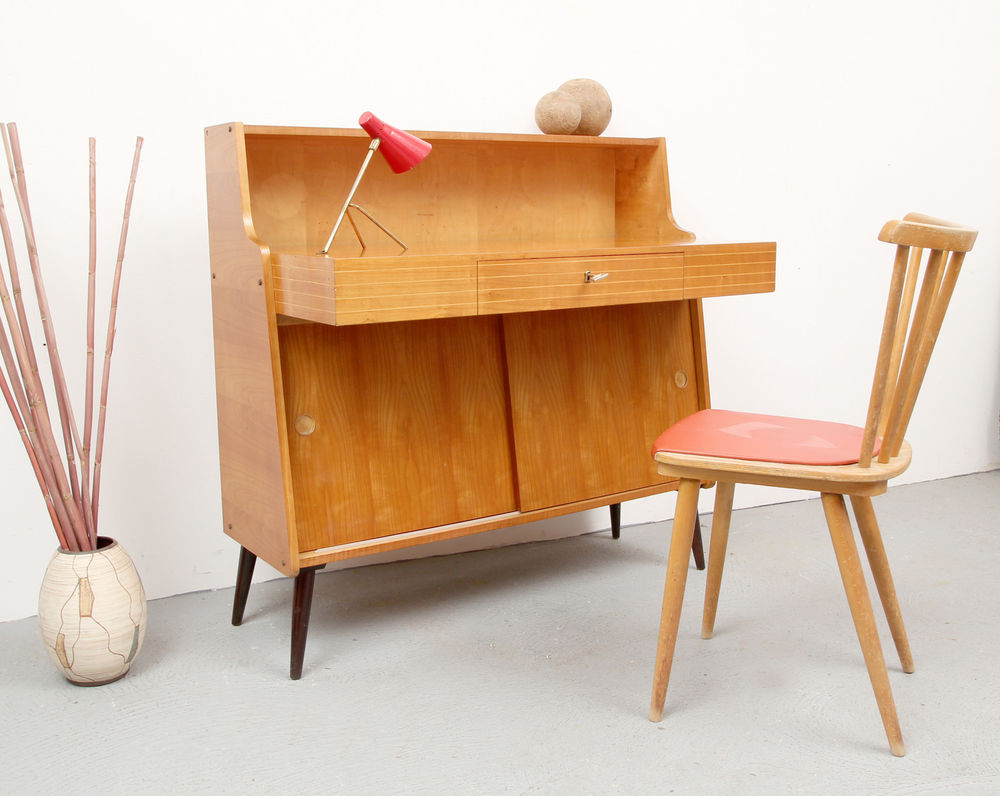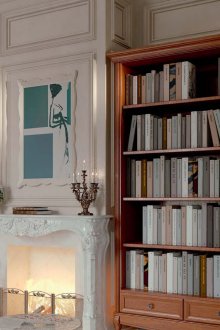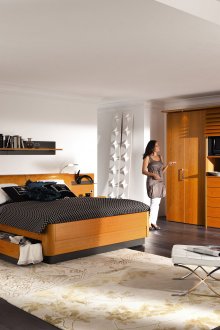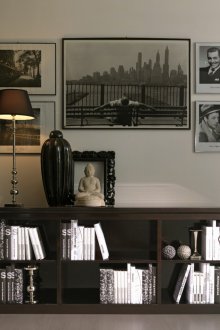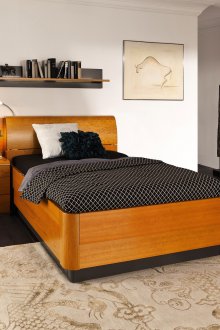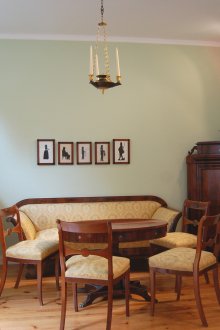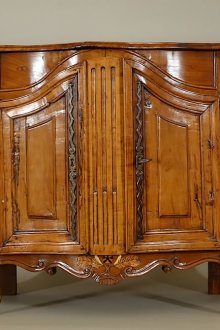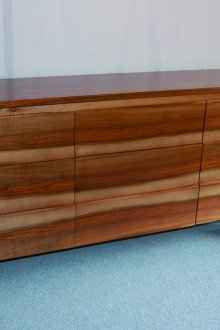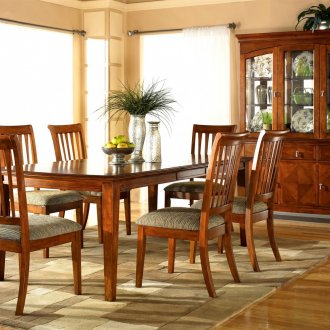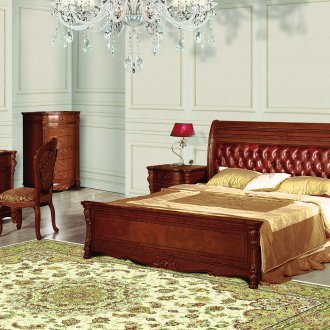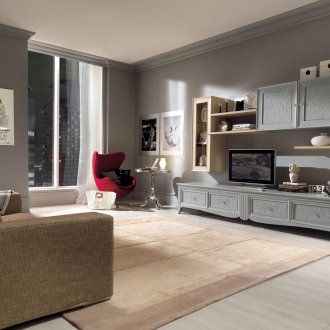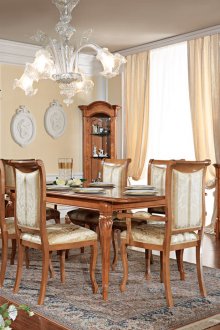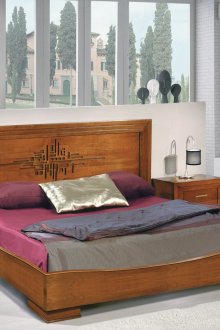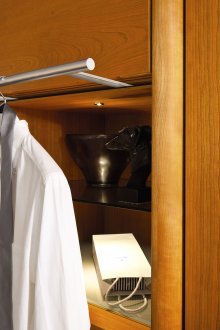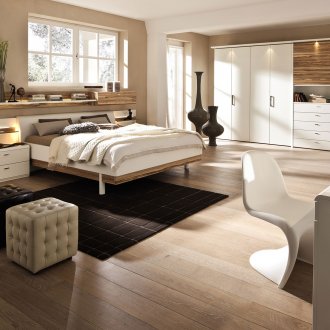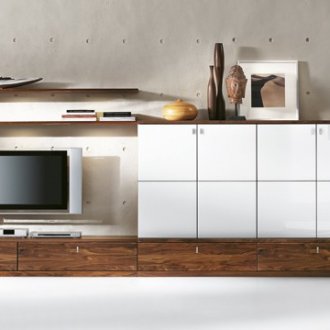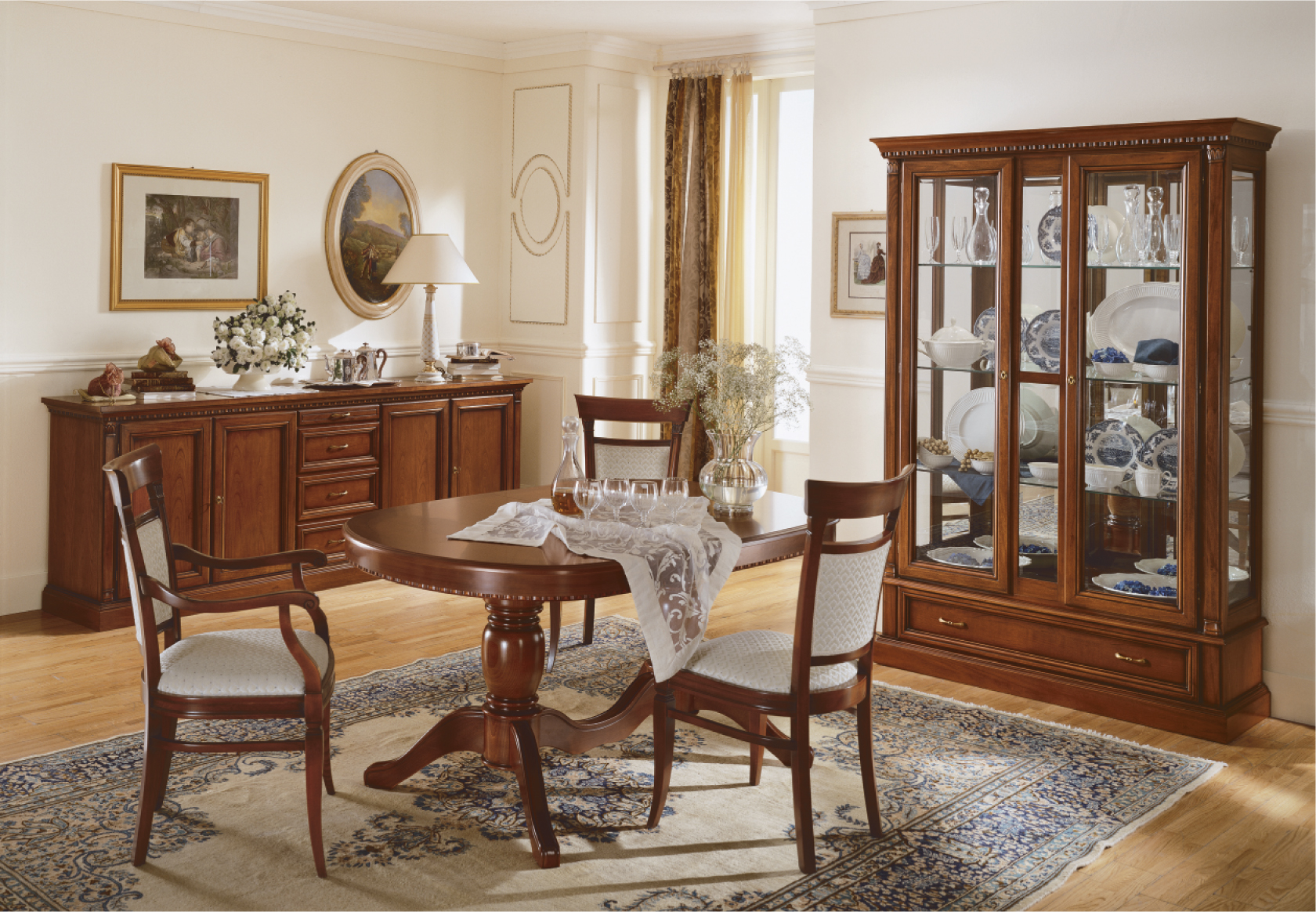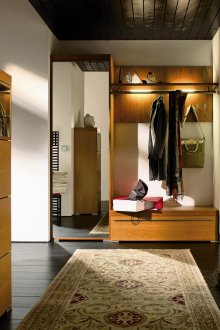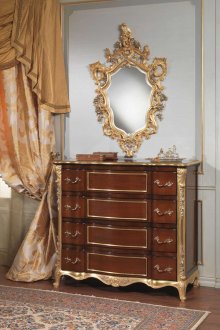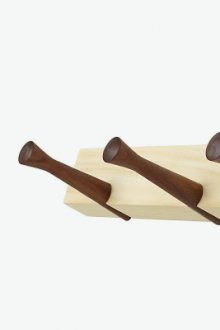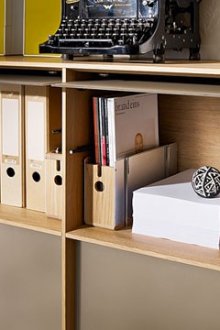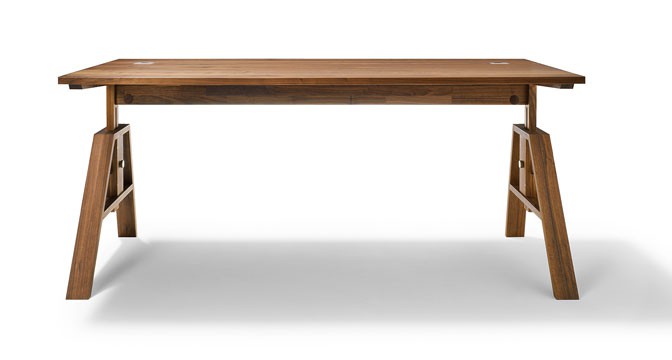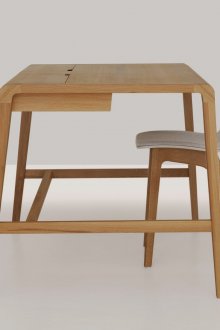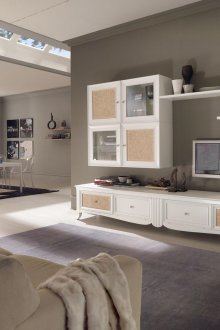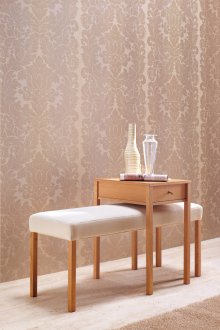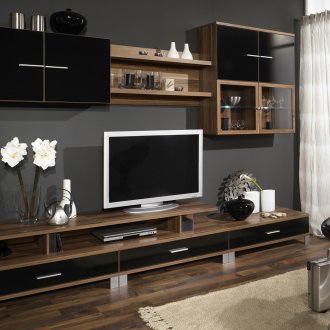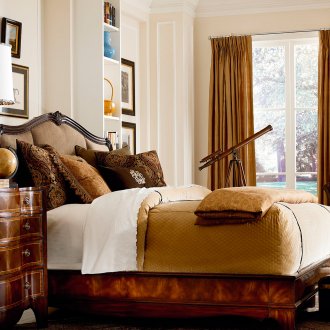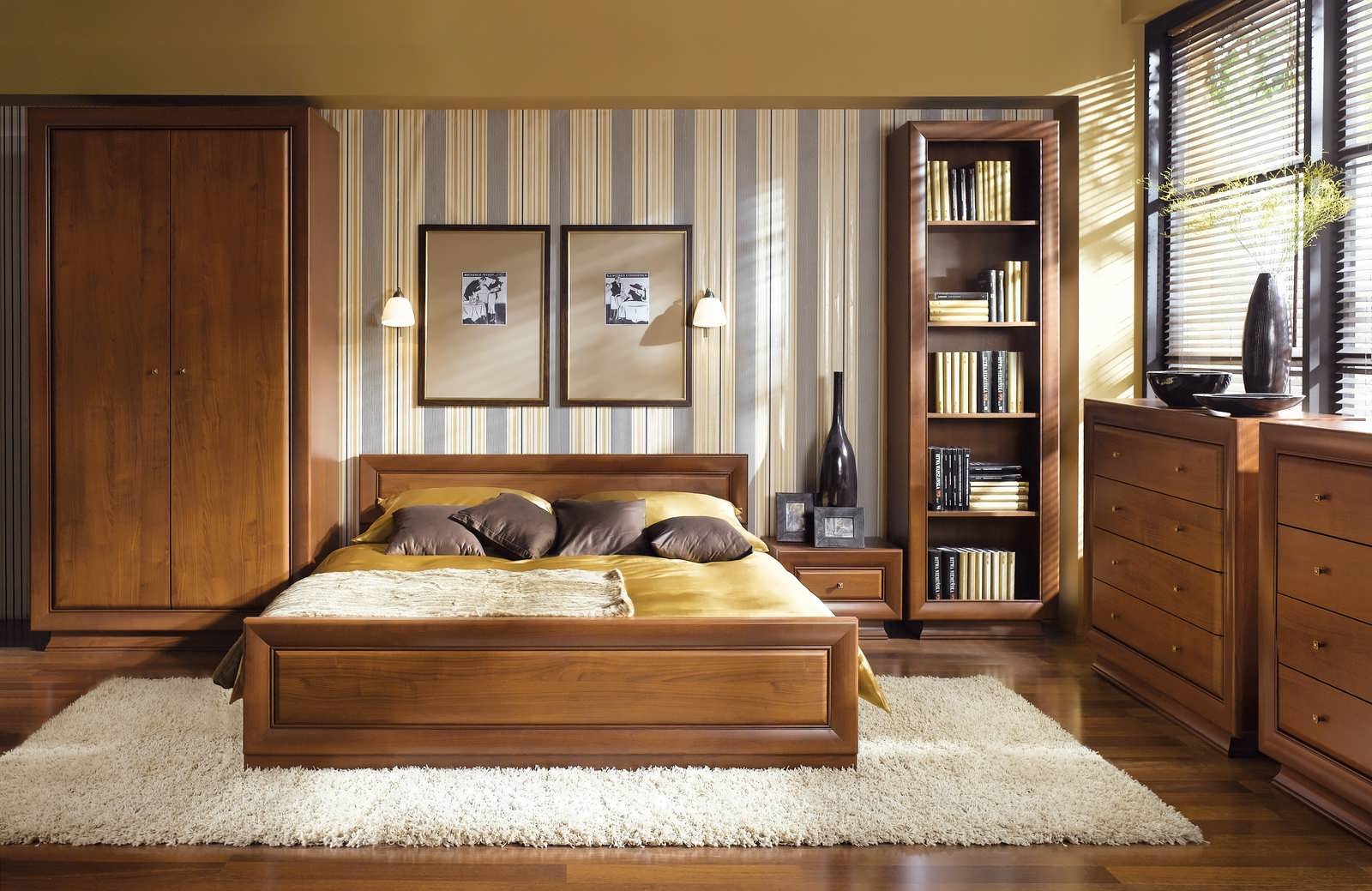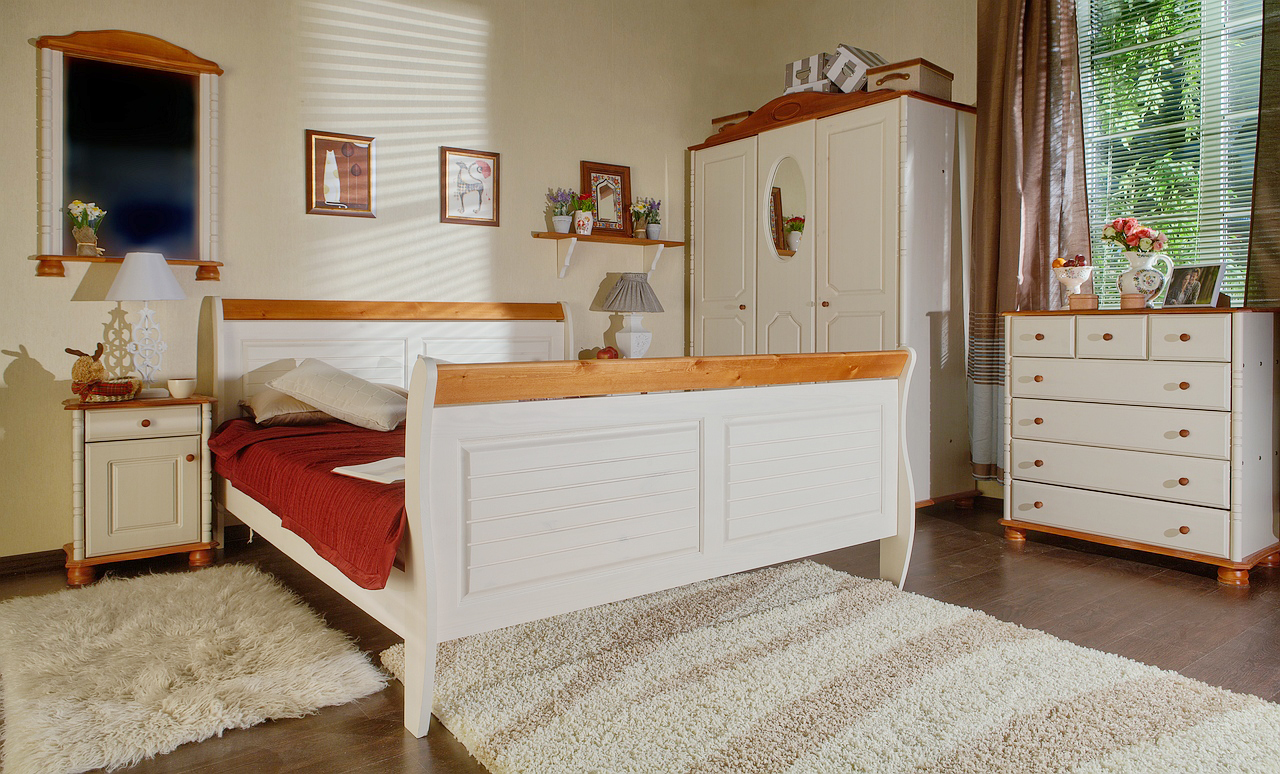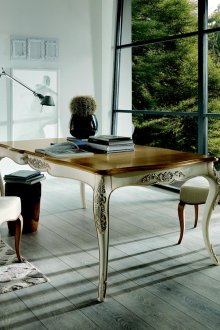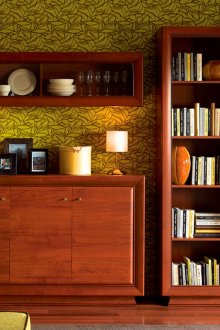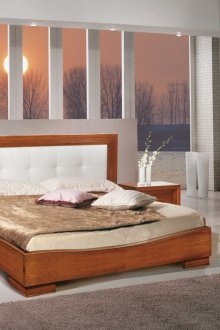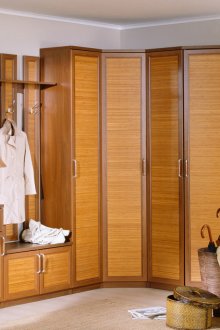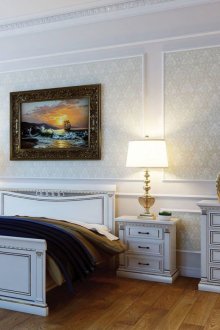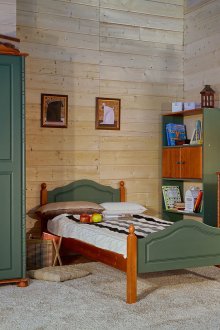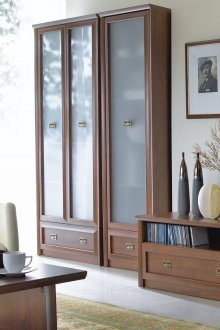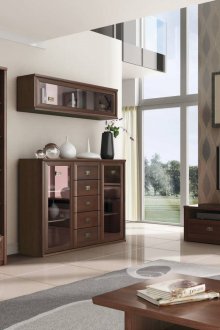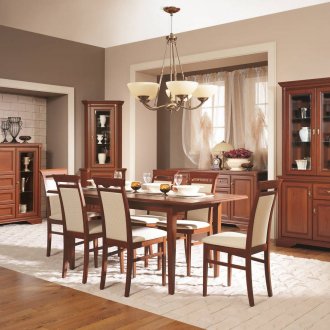Cherry furniture in the interior (63 photos): exclusive home decoration
Content
Cherry wood is a very durable and practical material, widely used for the manufacture of furniture and parquet. Similar in color to mahogany, cherry furniture has always been considered a symbol of chic, luxury and aristocracy. In addition, it is quite easy to process and polish, which allows you to achieve a perfectly smooth surface.
The main properties of cherry wood
Cherry is considered a valuable breed, and not only because of its properties. Cherry is not an industrially cultivated crop, so in nature this tree is found in limited quantities.
Cherry grows in Central Europe, North America and North Africa. Life expectancy is about 70 years. In length, the tree reaches from 7 to 10 meters. Most often, in the wood industry, they use ordinary, American, Brazilian and Patagonian cherry trees.
- Cherry wood. In young trees, the wood is white, in mature trees - with alternating stripes of different colors: dark, light, brown, yellow. The structure of the wood is even, smooth, homogeneous, with fibers of equal diameter. This makes it easy to process material.
- Color. Cherry wood has a warm hue: from light brown to dark red. If you apply chemical treatment, you can achieve a popular shade of mahogany. Externally, the color of cherry wood is very similar to the shade of mahogany, which greatly increases the popularity of this tree in interior design. Cherry visually makes the room saturated, bright and gives it the spirit of aristocracy.
- The density of wood. Cherry has an average density of 600 kg / m³. The severity of the wood also varies in average.
- Elasticity. Cherry has a very good elasticity.
- Swelling. The swelling of the cherry wood is relatively small.
- Sustainability. Cherry is highly resistant; resistance to fungal rot is moderate, which can not be said about insects. Cherry is often subjected to "raids" of beetle grinders.
- Wood drying. Compared to other fruit trees, such as apple trees, bird cherry trees and plums, cherry wood is easy to dry. No tricks are needed. You need to dry the cherry wood outdoors for 10 days. Then the wood must be steamed, due to which a very beautiful golden red color of the wood is obtained.
Where is cherry wood used?
Taking into account the listed qualities, cherries are often used. Mainly for:
- manufacturing of furniture;
- ceiling coatings;
- parquet and laminate;
- wall coverings;
- various accessories.
Cherry embodies the Art Nouveau and Biedermeier style, so followers of these directions often acquire interior items from its wood.
Advantages of cherry and its disadvantages
Cherry wood as a valuable breed has several advantages. Among them:
- ease of processing;
- beautiful color of wood;
- the elasticity of the material;
- ease of drying;
- low degree of swelling;
- glossy, shiny surface.
There are not as many shortcomings as cherries as virtues, but they still exist. It:
- cherry wood is unstable to biological effects: grinder beetles and fungal rot at the moment hit the tree, making it unsuitable for use;
- in cherry wood, quite often you can find anomalies: ingrown bark, cracks, delaminations and other defects;
- low strength, which is why cherry wood can not be used in construction and decoration.
Application of cherry wood
They make beautiful, exclusive furniture out of cherries: chests of drawers, cabinets, trellis. Of course, such furniture costs a lot of money, so orders for its manufacture are rarely received. But cherry planed veneer is used quite often, even for veneering affordable wood species.
Cherry wood can also be used to decorate floors, walls and ceilings. Musical instruments are made of it: a piano, piano, exclusive smoking pipes, kitchen utensils, interior items and more.
The combination of cherries with other types of wood
Cherry furniture or parquet combines with many types of wood. Let us dwell on the advice of designers on how to properly combine and dilute the color of cherries.
Cherry and maple
The combination of cherry and maple is a clear contrast in color, tone and saturation. The contrast is easy to emphasize with a blue tint: for example, blue curtains. The walls are better to make a peach color, adding contrasting dark stripes. Pink color and bronze will help to place accents. The result is an exquisite, democratic and cheerful interior.
Cherry and oak
Oak and cherry also create a contrast in tone. With this contrast, you can create the perfect retro style, comfortable and warm. To combine oak and cherry it is better to use green shades: curtains or upholstery on furniture are quite suitable for embodying this idea. Perfectly dilutes the interior leather and smooth fabrics. Wallpaper you can choose a light golden hue, with some exquisite greenish pattern, preferably vintage. Peach color and dark gold - as accents.
Cherry and bleached oak
Bleached oak in combination will create a powerful contrast in saturation and tone. Wallpaper for the interior is better to choose a light shade, with a cherry color pattern. The curtains are pink and the upholstery is burgundy or dark leather. For accents, it is better to use accessories in bright pink.
Cherry and Dark Cherry
The shades of cherries and dark cherries are similar, but they have a difference in lightness, so you can play here not in contrast, but in the light. Adding light colors to the interior of the room, you can safely increase its expressiveness. Wallpaper, it is advisable to choose an ice color, you can even with a dull beige pattern. Curtains should be gray-beige or tea-green. Furniture is suitable with fleecy upholstery, sand or pistachio shade. Accessories can be used apricot or yellow.
